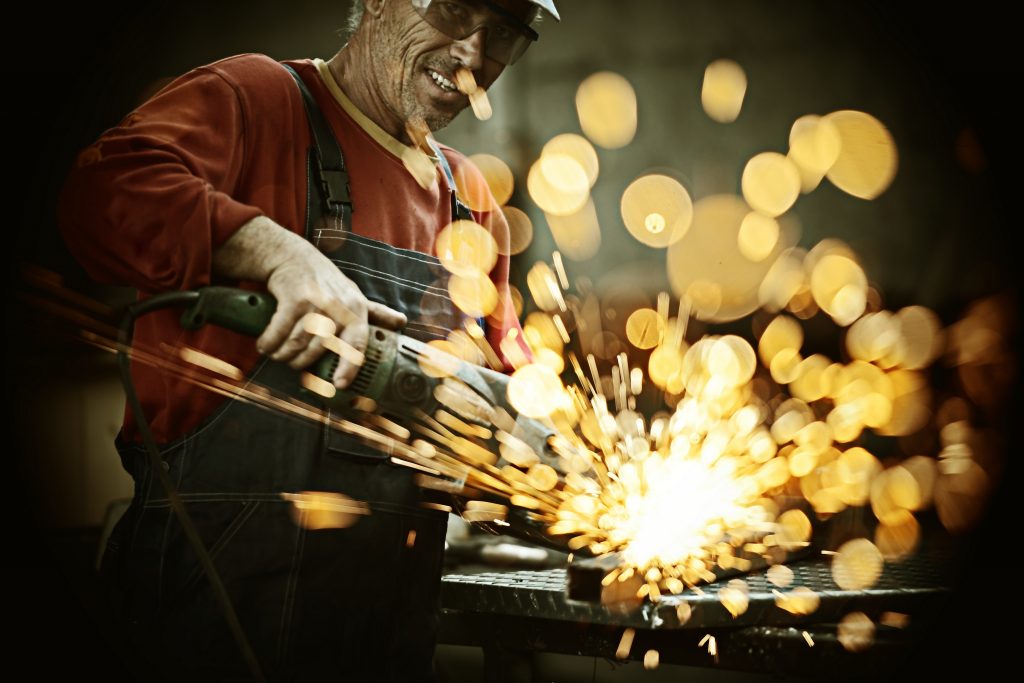How neodymium magnets are made
Magnets are all noted for their magnetic properties. However, not all magnets have the same characteristics, nor are they all the same, nor do they all serve the same purpose. Thus, there are magnets whose magnetization is temporary and may be due to the action of electricity on them, as in the case of an electromagnet. In this type of magnet, the magnetic field can be activated and deactivated at will, changing from being a magnet to not being a magnet at the click of a button. This is incredibly useful if you want to use the magnet to lift and drop objects, but if you are looking for something permanent it is not the best option.
Neodymium magnets: one of the best alternatives
Thus, among all the options available to us when looking for a magnet whose magnetization is permanent, the Neodymium magnets the neodymium magnet is one of the best alternatives available to us, as its magnetization is permanent. Neodymium magnets are made of an alloy of neodymium, iron, and boron, thus generating a composite material with magnetic properties that is much more powerful than any simple magnetic material.
The advent of the neodymium magnet has completely replaced other types of permanent magnets in those sectors where their demand is high, such as in the manufacture of motors in cordless tools, hard disks, and magnetic seals.
How is a neodymium magnet made?
First of all, it should be noted that the manufacture of a neodymium magnet requires a lot of effort. The process begins with the extraction and selection of the three elements that make up the magnet: iron, boron, and neodymium. Once extracted, they are lightly magnetized and then compacted into the basic shape from which they will work, which is usually cylindrical or cubic.
The mixture is then heated in a vacuum (a process known as "synthesizing") and allowed to cool slowly, giving the composite material a crystalline structure that will make it much easier to magnetize later than if it had none.
The neodymium cylinders are then closed or deformed into the exact shape we need for the magnetic compound or parts we are looking for, such as a disc, sphere, or bar. These raw magnets are then galvanically coated with a nickel layer to protect them from rust, as without this coating they will quickly deteriorate and decompose.
The next step would be to magnetize the magnet by placing it in a magnetic coil through which a large current flows. In the magnetic field of this coil, the magnets are permanently magnetized as the crystals of the neodymium magnet itself are aligned in the shape and direction of the magnetic field of the coil.
Finally, the magnetized magnets are sent to the assembly line where they undergo regular and normal quality control operations. Once the quality of all the neodymium magnets is checked and any defective ones are removed from the process, the operators proceed to pack and package each of the magnets in plastic bags and then in cardboard boxes in order to send them to the customers. These magnets, as mentioned above, are permanently magnetized and will never be demagnetized again, making them a reliable part of any mechanism or device.






